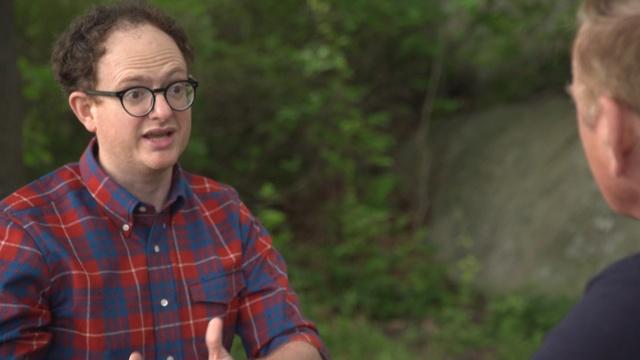Abenaki Language Resources
K'wlipai8! (Welcome)
K'wlipai8! (Welcome) (8 pronounced like a nasal o)
As we all journey on the trail of life, we wish to acknowledge the spiritual and physical connection the Pennacook, Abenaki, and Wabanaki Peoples have maintained to N’dakinna (homeland) and the aki (land), nebi (water), olakwika (flora), and awaasak (fauna). We also acknowledge the hardships they continue to endure after the loss of unceded homelands and champion our responsibility to foster relationships and opportunities that strengthen the well-being of the Indigenous People who carry forward the traditions of their ancestors and their language. This activity is a small step on that journey and uses exploration of language to help students discover the deep roots native peoples have in our history and the important role they play in our diverse story.
Overview
The Abenaki language is an endangered Algonkian language. It has two forms spoken by Western and Eastern Abenaki tribes. This activity will expose students to the Western Abenaki language using language resources found on the website westernabenaki.com.
Suggested Grade Levels: 6-8, 9-12
Procedure: Have students use the website westernabenaki.com to find words in both English and Western Abenaki using either the search box or clicking on the letter of the alphabet the word they are looking for begins with. For example, if they are looking for “cat” they can type in cat or click on the letter C and scroll down and see that the Western Abenaki word for cat is minwiz. Students can do this as individuals or in small groups. Students can use the pronunciation guide found on the site to learn how a word is pronounced.
Have students share 4-5 words they have learned with the class. They might see if they can get the class to identify the English translation of the word using clues. For example, for miwiz (cat) they might say this is an animal that purrs.
Some Questions to Consider
- What role does language play in keeping a culture alive and connecting a people? Can you think of any examples of words or phrases used in your family or group of friends that connect you to each other?
- Are there any words you discovered in the Western Abenaki language that remined you of their English counterpart. Why do you think that might be?
- Are there locations in your region that are in a native language?
Additional Resources
Western Abenaki YouTube Channel
You’ll find stories, songs, words, games and more on this site.
The Abbe Museum
The Abbe Museum, located in Bar Harbor, Maine is dedicated to exploring the history and culture of the Wabanaki nation. The website includes online exhibits and educator resources including lesson plans for grades K-9, digital interactives including maps and a Passamaquuoddy language section focused on animals, and more.
The Wabanakis of Maine and the Maritimes: A Resource Book by and about Penobscot, Passamaquoddy, Maliseet, Micmac and Abenaki
This learning packet includes information about native tribes and lesson plans.
Indigenous New Hampshire Collaborative Collective
We are a team of co-conspirators, including local Tribal leaders, Indigenous and non-Indigenous students, staff, and faculty at the University of New Hampshire, local community activists and volunteers, local artists and filmmakers, various researchers, and high school students. INHCC began as a small collaboration between the Cowasuck Band of the Abenaki-Pennacook Tribal Leaders, UNH faculty and undergraduate students (hence the logo, Bezoak, which means “wildcats” in Abenaki). The project was launched in 2016 by two Tribal leaders, a UNH professor, and one undergraduate student. We have grown since that time and now our co-conspirators include people with a wide range of backgrounds and professional and personal lives.
Wabanaki Collection
The Wabanaki Collection connects postsecondary educators, grade school teachers, and the general public with a variety of resources that support enhanced relationships between all the peoples of Canada’s East Coast. The project is named for the first peoples of this territory, the Wabanaki, or the “People of the Dawn,” which include the Mi’kmaq, Wolastoqiyik, Abenaki, Penobscot and Passamaquoddy. All content found in this collection will relate to Wabanaki worldviews, including history, culture, language and education.











